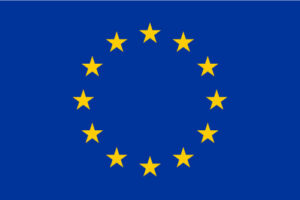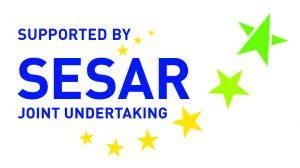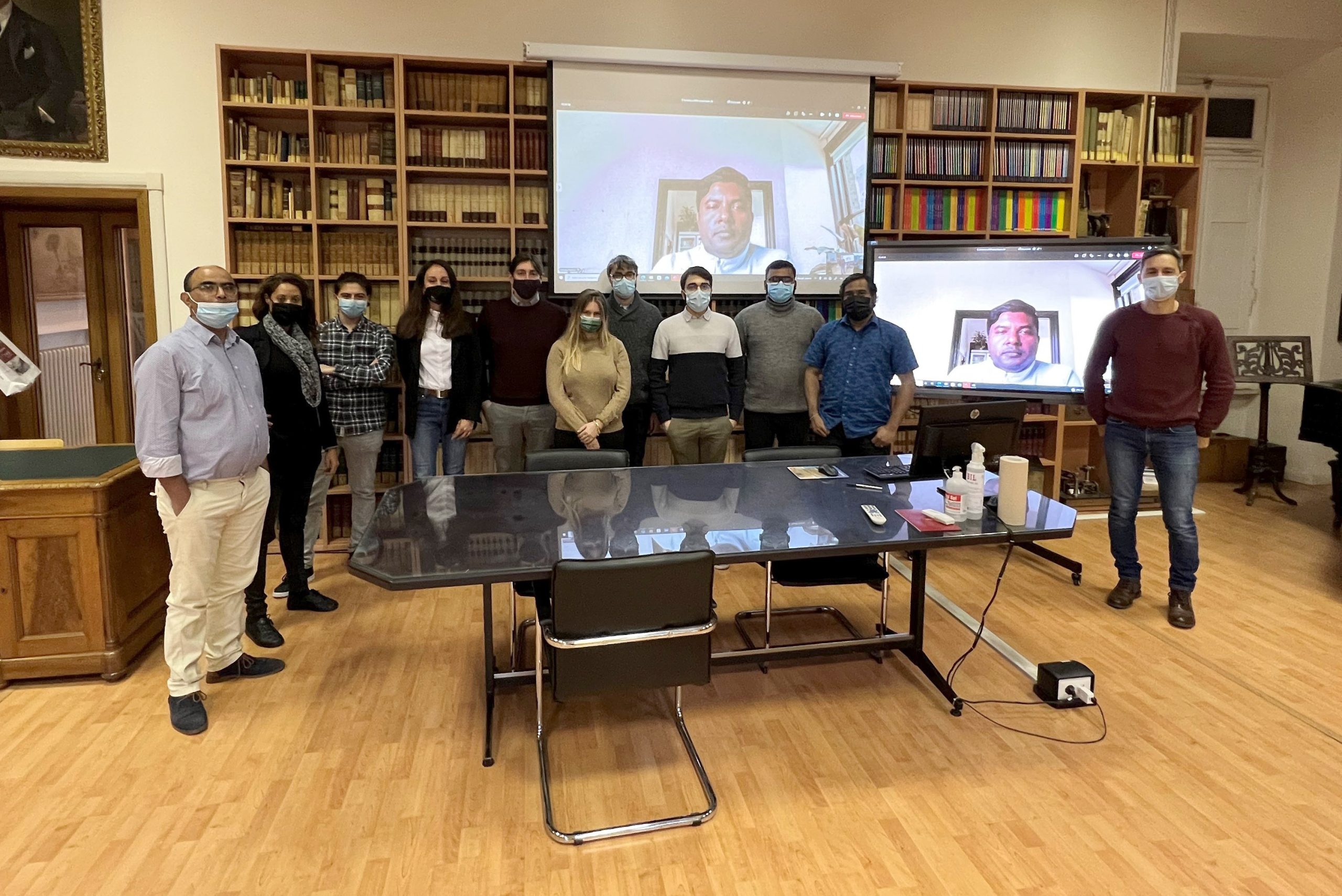
On the 30th of November and 1st December ARTIMATION attended its Second General Assembly Meeting, held in La Sapienza – University of Rome in a mixed modality of presence and remotely. All the Consortium partners were able to participate physically: representants from Mälardalen University (MDH), Deep Blue, La Sapienza and ENAC joined the meeting in Rome, whereas members from EUROCONTROL participated remotely as external advisory board.
Highlights
At the beginning of the meeting, as host of the General Assembly, Pietro Aricò (La Sapienza) gave a brief welcome to all the partners, introducing La Sapienza and all the members of the Consortium. Then, Nicola Cavagnetto (Deep Blue) illustrated the status of WP3: Definition of Specification and State of the Art, after the two workshop to prioritise the ATCOs’ tasks to be supported by the algorithms developed within ARTIMATION project and to define the roadmap.
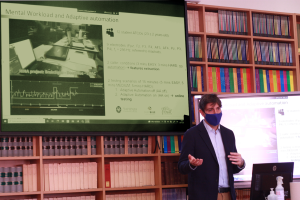
After this brief recap of the actions done during the past months, Pietro Aricò held a workshop on neurophysiological measures related to specific mental and emotional states: important neurophysiological methods to measure stress, cognitive workload and approach–withdrawal towards the introduction of new technologies were introduced. This workshop ended with a final visit of BrainSigns (La Sapienza) Lab, where the Consortium was introduced to the tools that will be used to assess the neurophysiological measures.
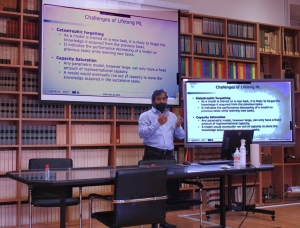
Later, Shaibal Barua and Mir Riyanul Islam (MDH) held a workshop on the AI models with explainability for Take-Off Time Predictions and Delay Propagation. Lifelong Machine Learning, knowledge retainment and the integration of causality within the algorithms to be developed were introduced. This workshop originated interesting insights from the discussion between the partners about how to integrate explainability for these tasks.
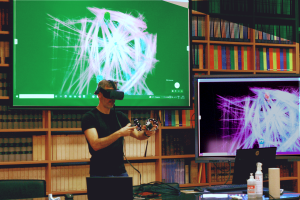
After Lunch, Augustin Degas and Christophe Hurter introduced novel data visualisation techniques for the transparent AI models with explainability for the Conflict Detection and Resolution tool. 3D immersive visualisation techniques were presented to help understanding how the Air Traffic Controllers could detect and solve an upcoming conflict using a head-mounted display. At the end of the first day, Shaibal Barua with the help of all the participants held a final workshop on the validation of Take-Off Time Prediction and Delay Propagation tasks.
At the beginning of the second day, Christophe Hurter, Augustin Degas and Minesh Poudel continued the focus on the validation activities, proposing a workshop on the validation of the Conflict Detection and Resolution tasks. After the conclusion of the discussion on the planning of the validation activities for the tool to be developed, Nicola Cavagnetto and Livia Camillo (DBL) presented the first year of Communication, Dissemination, and Exploitation activities, proposing interesting events to join at the end of the project to show at the scientific community the results of this explorative research. Could 3D solutions help the ATCOs in visualising conflicts and make the AI outcome more understandable? Would they accept more an XAI outcome with a 3D visualisation? These are some of the questions the ARTIMATION project will try to answer in the next months
Finally, on behalf of the Project Officer Mobyen Uddin Ahmed (MDH), Shaibal Barua closed the Second General Assembly Meeting presenting the following milestones of the project, from the validation activities that will be held in Toulouse by June 2022 to the next ARTIMATION public event.
